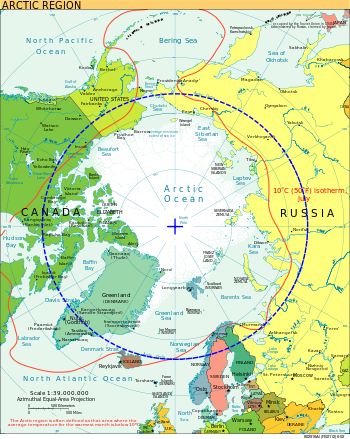- Joined
- Jun 18, 2011
- Messages
- 6,479
- Reaction score
- 391
But dear derekm. First you should learn the honey bee winter biology.
Hives in autumn consume about 1,5 kg in a month.
In February the colony starts brood rearing even if it is -25C outside.
As you see, consumption rises in spring, because bees have brood there.
Why Mettälä stopped measuring 18.4?
Last spring we had at that time half metre snow but propably the colony made first cleansing flight and dropped some pounds feces on snow.
.
you should learn heat and mass flow ... and study the metabolic rates of honeybee colonies ... i can suggest some reading..
"Hives in autumn consume about 1,5 kg in a month." is a meaning less statement as you neither specify the properties of their container nor the temperature outside, or the climate.





